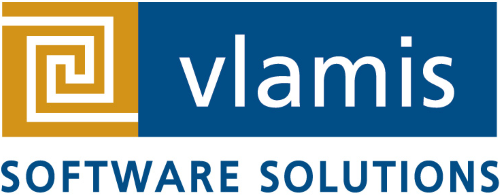In Oracle OLAP, Oracle has separated the physical storage of data warehouse data from the logical analysis of OLAP applications. What’s the magic that makes this work? How does this impact performance? What operations are precluded by various design decisions? Why would you want to use Oracle OLAP or BI Beans instead of simply using regular views or relational tables?
This presentation will describe these components in a “behind the scenes” tour of Oracle OLAP. Armed with information such as “What is an Analytic Workspace”, and “what metadata is required to support BI Beans?”, will help a DBA prepare a database and design schemas for use by an OLAP application and help an application developer understand what options are possible and how to gain maximum value from a data warehouse or data mart. Also included will be the metadata structures used (“AW Standard Form”) to describe AW data and how this results in AWs being automatically enabled for BI Beans in OLAP 10g.


